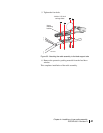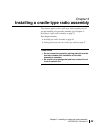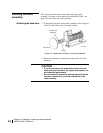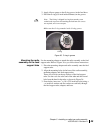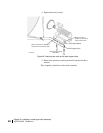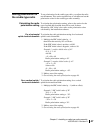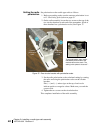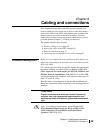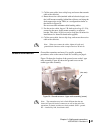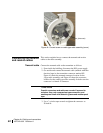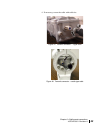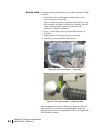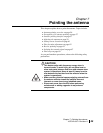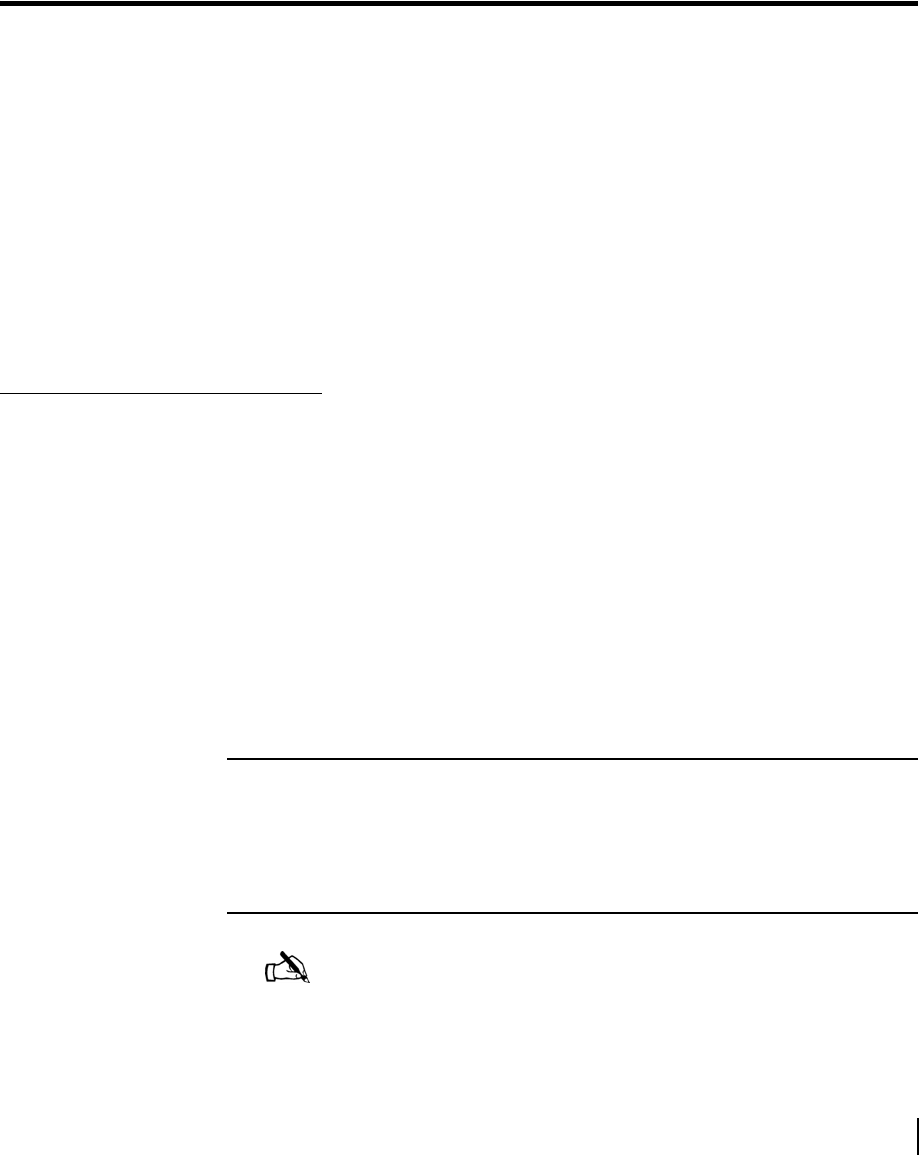
Chapter 6 • Cabling and connections
1037312-0001 Revision A
49
Chapter 6
Cabling and connections
This chapter illustrates where the ODU ground, transmit, and
receive connectors are located; shows how to route the transmit
and receive cables at the ODU; and explains how to connect the
transmit and receive cables to the radio assembly. You must
connect the transmit, receive, and ground cables before you can
point the antenna (
Chapter 7 – Pointing the antenna).
The chapter includes these sections:
• Previous cabling work on page 49
• Routing the cables at the ODU on page 50
• Ground connection on page 51
• Connecting the transmit and receive cables on page 52
Previous cabling work
Before you can complete the steps explained in this chapter, you
must route and terminate the transmit and receive cables from the
IDU to the ODU.
For a list of approved cables for the IFL between the antenna and
the remote terminal, see the Field Service Bulletin (FSB), IFL
Cable, Approved List (with lengths) for DW7x00, DW60xx, and
DW40xx Domestic Installations (FSB_060316_01A). This FSB
lists the maximum cable length for each approved cable type, for
both 1-W and 2-W radios.
How the cables are run depends on the specific installation site.
Route and connect the cables according to your training and best
practices.
CAUTION
Coaxial connectors and cable can corrode if exposed to
moisture. Use only compression type connectors, and
weatherproof them with dielectric grease and weatherproof
tape.
Note: For connector requirements, see the Hughes FSB,
HNS Broadband Requirements for RG-6 and RG-11 IFL
Cable Connectors, Ground Blocks and Ground Block
Location (FSB 50518_01C).



